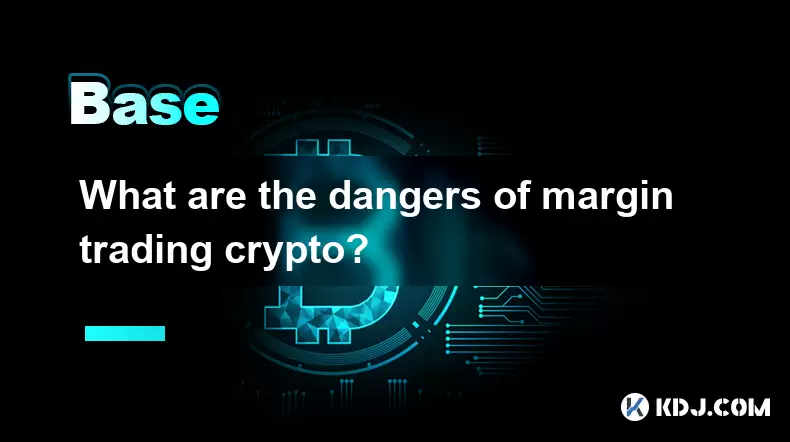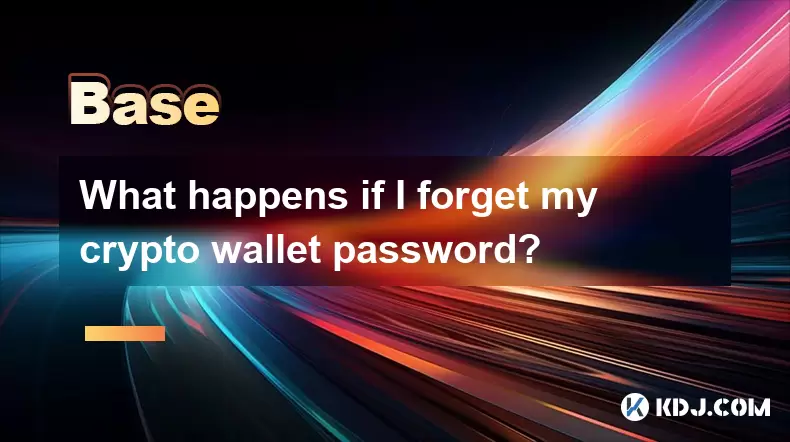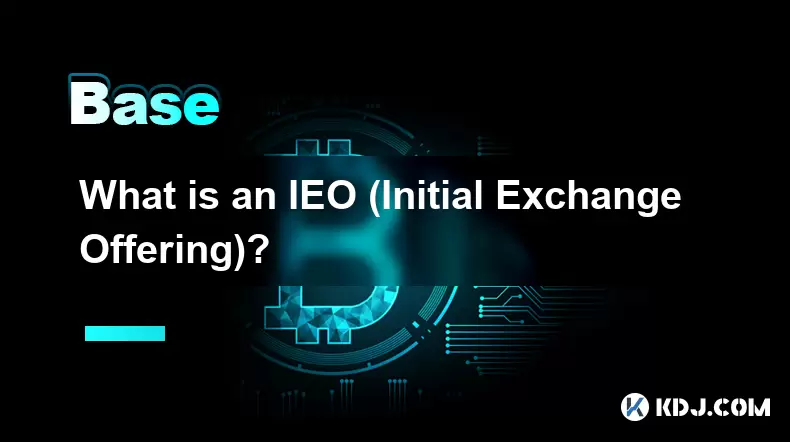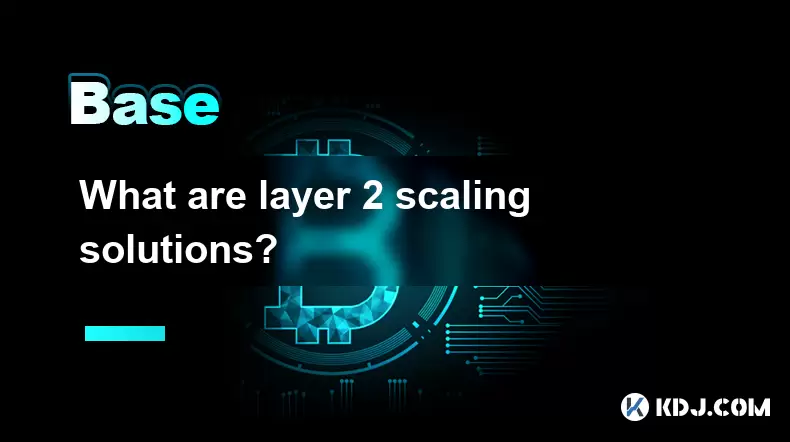-
 Bitcoin
Bitcoin $116400
-0.36% -
 Ethereum
Ethereum $4033
3.40% -
 XRP
XRP $3.302
-1.26% -
 Tether USDt
Tether USDt $1.000
-0.02% -
 BNB
BNB $796.1
1.67% -
 Solana
Solana $177.8
1.89% -
 USDC
USDC $0.9999
0.00% -
 Dogecoin
Dogecoin $0.2314
4.09% -
 TRON
TRON $0.3381
0.14% -
 Cardano
Cardano $0.7989
1.22% -
 Stellar
Stellar $0.4496
-1.84% -
 Chainlink
Chainlink $20.42
9.42% -
 Hyperliquid
Hyperliquid $41.17
0.88% -
 Sui
Sui $3.914
3.77% -
 Bitcoin Cash
Bitcoin Cash $584.7
1.52% -
 Hedera
Hedera $0.2632
-0.54% -
 Avalanche
Avalanche $24.09
3.40% -
 Ethena USDe
Ethena USDe $1.001
-0.02% -
 Litecoin
Litecoin $123.2
1.33% -
 Toncoin
Toncoin $3.318
-0.04% -
 UNUS SED LEO
UNUS SED LEO $8.984
-0.05% -
 Shiba Inu
Shiba Inu $0.00001323
2.85% -
 Uniswap
Uniswap $10.90
4.41% -
 Polkadot
Polkadot $3.999
3.34% -
 Dai
Dai $1.000
0.01% -
 Cronos
Cronos $0.1630
9.64% -
 Bitget Token
Bitget Token $4.484
0.82% -
 Monero
Monero $272.4
2.44% -
 Pepe
Pepe $0.00001173
6.03% -
 Aave
Aave $290.8
2.88%
What are the dangers of margin trading crypto?
Margin trading in crypto amplifies both gains and risks, with high leverage leading to potential liquidation, amplified losses, and emotional stress—especially in volatile markets.
Aug 09, 2025 at 07:49 am

Understanding Margin Trading in Cryptocurrency
Margin trading in the cryptocurrency market allows traders to borrow funds from a broker or exchange to increase their trading position beyond what would be possible with their own capital alone. This leverage amplifies both potential gains and potential losses. Traders deposit a certain amount of cryptocurrency or fiat as collateral, known as the margin, to open leveraged positions. Common leverage ratios in crypto range from 2x to as high as 100x, depending on the platform and asset. While this can significantly increase profit margins during favorable price movements, it also exposes traders to substantial risks that are often underestimated.
High Risk of Liquidation
One of the most immediate dangers of margin trading is liquidation. When the market moves against a leveraged position, the value of the collateral can drop below a certain threshold, known as the maintenance margin. At this point, the exchange automatically closes the position to prevent further losses, resulting in a complete loss of the deposited margin. For example, with 10x leverage, a 10% adverse price movement can trigger liquidation. With 50x leverage, only a 2% drop may be enough. This risk is heightened in the highly volatile nature of cryptocurrency markets, where prices can swing dramatically within minutes.
- Monitor your liquidation price closely, which is usually displayed on trading platforms.
- Set up price alerts or use stop-loss orders to reduce exposure.
- Avoid using maximum leverage available, especially with volatile assets like meme coins.
Amplified Losses Beyond Initial Investment
Unlike spot trading, where the maximum loss is limited to the amount invested, margin trading can result in losses exceeding the initial deposit. If a position is not closed in time and the market moves sharply against it, traders may owe money to the exchange, particularly on platforms that do not offer negative balance protection. Some exchanges use auto-deleveraging systems or insurance funds to cover such deficits, but these are not guaranteed. In extreme market conditions, such as flash crashes or pump-and-dump schemes, traders can lose their entire margin in seconds, with no opportunity to react.
Increased Exposure to Market Volatility
Cryptocurrencies are inherently volatile, with prices influenced by news, regulatory changes, whale movements, and macroeconomic factors. When trading on margin, this volatility is magnified. A sudden news event, such as a government ban or a major exchange hack, can cause prices to plummet or spike unpredictably. For leveraged traders, such movements can lead to rapid margin calls or forced liquidations. Even experienced traders can struggle to manage risk under these conditions. The 24/7 nature of crypto markets means there is no downtime to reassess positions, increasing the likelihood of emotional or impulsive decisions.
- Use lower leverage during periods of high uncertainty.
- Diversify across multiple assets to reduce single-asset risk.
- Avoid holding large leveraged positions over weekends or major news events.
Complexity and Psychological Pressure
Margin trading requires a deep understanding of financial instruments, risk management, and technical analysis. New traders often enter leveraged markets without sufficient knowledge, lured by the promise of quick profits. The psychological pressure of managing leveraged positions can lead to emotional trading, such as holding losing positions too long in hopes of a reversal or overtrading after a loss. The constant monitoring required can also lead to burnout. Misreading charts, ignoring risk parameters, or failing to set proper stop-loss levels can all lead to catastrophic outcomes.
- Educate yourself thoroughly before using leverage.
- Practice with paper trading or demo accounts.
- Stick to a predefined trading plan and avoid impulsive decisions.
Fees and Hidden Costs
Margin trading involves various costs that can erode profits over time. These include funding fees, interest on borrowed funds, trading fees, and liquidation fees. Funding fees are charged periodically on perpetual contracts and can accumulate quickly, especially in volatile markets where funding rates spike. Borrowing fees vary by platform and demand for specific assets. Holding a leveraged position for an extended period can result in significant costs, even if the trade is profitable on paper. Traders must factor in these expenses when calculating potential returns.
- Check the funding rate before opening a perpetual futures position.
- Compare borrowing rates across exchanges.
- Calculate total cost of trade including fees before entering a position.
Frequently Asked Questions
What is the difference between isolated and cross margin?
Isolated margin limits risk to a specific amount allocated to a single position. If the position is liquidated, only that margin is lost. Cross margin uses the entire account balance as collateral, which increases risk but may prevent immediate liquidation during small price swings.
Can I get banned from an exchange for frequent liquidations?
No, exchanges do not ban users for liquidations. However, repeated losses may trigger risk warnings or limit access to certain high-leverage products based on your trading history.
Do all crypto exchanges offer negative balance protection?
No. Some exchanges, like Bybit and Binance, offer automatic insurance that covers negative balances, meaning you won’t owe money. Others may require you to settle deficits, so it’s essential to review each platform’s terms.
How can I calculate my liquidation price manually?
For a long position:
Liquidation Price = Entry Price × (1 - Initial Margin Rate / Leverage)
For a short position:
Liquidation Price = Entry Price × (1 + Initial Margin Rate / Leverage)
Always verify with the exchange’s calculator, as fees and funding may affect the actual price.
Disclaimer:info@kdj.com
The information provided is not trading advice. kdj.com does not assume any responsibility for any investments made based on the information provided in this article. Cryptocurrencies are highly volatile and it is highly recommended that you invest with caution after thorough research!
If you believe that the content used on this website infringes your copyright, please contact us immediately (info@kdj.com) and we will delete it promptly.
- SHIB Price, Meme Coin Mania, and the 250x Potential Hunt
- 2025-08-09 16:30:13
- SOL, ETFs, and AI: Crypto's Triple Threat Sensation!
- 2025-08-09 17:10:12
- Tokenized Stock on Solana: SOL Price Reacts to Exodus's Bold Move
- 2025-08-09 17:10:12
- Meme Coins on Blockchains in 2025: Hype or the Future?
- 2025-08-09 16:50:11
- World Liberty Financial, Public Listing, and WLFI Tokens: A New York Minute on the Trump-Backed Crypto Venture
- 2025-08-09 16:50:11
- Holy Grail Coin Hunting: Rare Errors and Value Increases You Need to Know!
- 2025-08-09 16:30:13
Related knowledge

What happens if I forget my crypto wallet password?
Aug 09,2025 at 08:50am
Understanding the Role of a Crypto Wallet PasswordA crypto wallet password serves as a critical security layer that protects access to your digital as...

Can you reuse a crypto wallet address?
Aug 08,2025 at 03:49pm
Understanding Wallet Addresses in CryptocurrencyA crypto wallet address is a unique identifier used to send and receive digital assets on a blockchain...

What is an IEO (Initial Exchange Offering)?
Aug 09,2025 at 06:22am
Understanding the Concept of IEO (Initial Exchange Offering)An Initial Exchange Offering (IEO) is a fundraising method used by blockchain-based projec...

Are meme coins a good investment?
Aug 08,2025 at 11:36pm
Understanding Meme Coins and Their OriginsMeme coins are a category of cryptocurrencies that originated from internet humor or viral trends rather tha...

What are layer 2 scaling solutions?
Aug 09,2025 at 04:07am
Understanding Layer 2 Scaling Solutions in CryptocurrencyIn the world of blockchain and cryptocurrencies, scalability has long been a pressing challen...

How are flash loans used?
Aug 08,2025 at 01:08pm
Understanding Flash Loans in Decentralized FinanceFlash loans are a unique innovation within the decentralized finance (DeFi) ecosystem, allowing user...

What happens if I forget my crypto wallet password?
Aug 09,2025 at 08:50am
Understanding the Role of a Crypto Wallet PasswordA crypto wallet password serves as a critical security layer that protects access to your digital as...

Can you reuse a crypto wallet address?
Aug 08,2025 at 03:49pm
Understanding Wallet Addresses in CryptocurrencyA crypto wallet address is a unique identifier used to send and receive digital assets on a blockchain...

What is an IEO (Initial Exchange Offering)?
Aug 09,2025 at 06:22am
Understanding the Concept of IEO (Initial Exchange Offering)An Initial Exchange Offering (IEO) is a fundraising method used by blockchain-based projec...

Are meme coins a good investment?
Aug 08,2025 at 11:36pm
Understanding Meme Coins and Their OriginsMeme coins are a category of cryptocurrencies that originated from internet humor or viral trends rather tha...

What are layer 2 scaling solutions?
Aug 09,2025 at 04:07am
Understanding Layer 2 Scaling Solutions in CryptocurrencyIn the world of blockchain and cryptocurrencies, scalability has long been a pressing challen...

How are flash loans used?
Aug 08,2025 at 01:08pm
Understanding Flash Loans in Decentralized FinanceFlash loans are a unique innovation within the decentralized finance (DeFi) ecosystem, allowing user...
See all articles

























































































